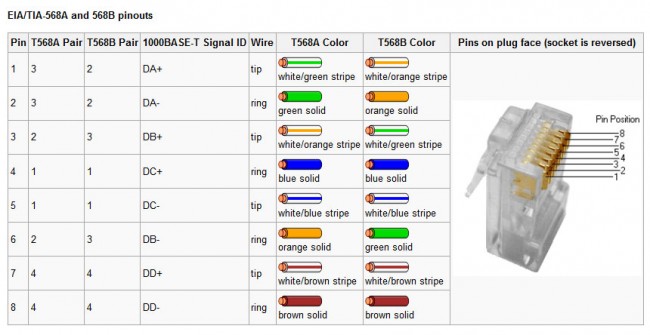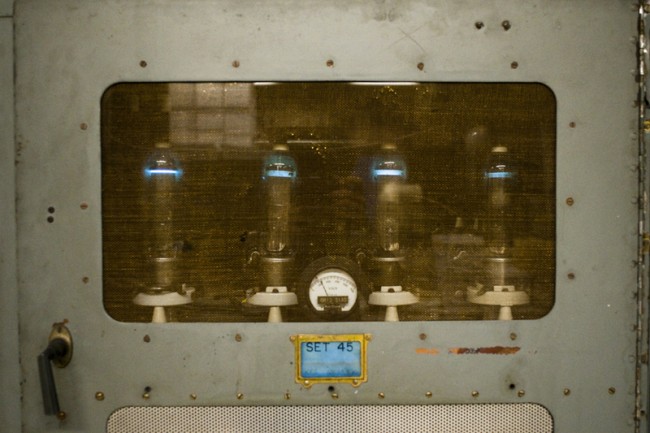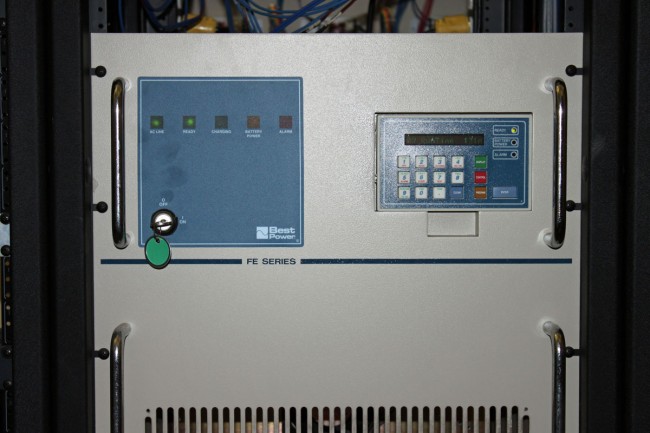The imminent demise of ISDN has been talked about for some time. There now appears to be a date attached which makes it semi-sort of official. As of May 18, 2013, Verizon will no longer accept orders for new ISDN lines. They will also not make any changes to existing lines and will start charging more for the service.
Taking the place of ISDN will be a variety of Ethernet/IP-based audio transmission methods. As technology evolves, this makes sense. The quality of ISDN and the bidirectional nature was a vast improvement over the old system 5/7/10/15 KHz point to point analog lines. The one downside, ISDN equipment was expensive and the service was expensive to install and operate.
High-speed internet is available in almost every business and venue. Many times, there is no cost to access it and equipment is relatively inexpensive. Depending on the equipment, CODEC, and speed, it can sound almost as good as ISDN. For those opposed to using the public network due to reliability issues, there is always frame relay.
Time moves on, so buy your IP CODECS now.






Hi Paul,
Europe is also going in this direction,FYI.
I spent years setting up multiple ciecuits for sporting events all over the place here and the line connectivity varies from country to country,venue to venue.Local phone companies have been eerything from very helpful to non-existant( I need it in 4 minutes!!!/Tomorrow is their answer).
While IP technology is not bad in and of it’s self,( if you invest heavilly in the best CODEC), it’s can be the “Greyhound” of signal distribution as it’s not guarranteed anymore than my home connection and delays for TV using international commentators can be a real battle.
One minute,it’s rushing, the next minute it can be dragging.The whole caching thing is a game stopper when the commentor suddenly calls the goal…10 seconds later than the picture without any warning to us that the timing suddenly got bumped within the box.
Whew,that was long- winded but I wanted to clearly explain the complexity we experience in the TV world.
I’m very unhappy that we don’t have a proper alternative we can depend on after we are forced to abandon dump ISDN.
Question,have the Po’s offered to maintain the lines you use to relay staion audio 24/7-365?.
Thanx,
Elliot
The voiceover community stubbornly hangs on to ISDN as a way for talent to “commute” to large recording studios. Its not much more than a right of passage nowadays, as if one cannot be “serious about their career” unless they commit to having an ISDN line installed in their home studio — whether or not it is needed, nor how much it costs.
The lines aren’t being pulled, just that no new ones are going in. We have a little time before the end. Still, I’d start searching for that alternative now. You might get $250 from Craigslist for that Zephyr in your rack now.
Elliot, fortunately none of the stations that I work for uses ISDN for a 24/7 circuit. Any of those are usually T-1 (DS-1) or what you might know as E-1, which is a dedicated point to point. The TELCOs have said they will still provide ISDN service on existing lines for the time being, but no new lines will be provisioned.
There were quite a few people that are not happy with the situation and scoffed at using IP based audio. Frankly, they may not have a choice. If the public network reliability is an issue than point to multipoint frame relay is always an option.
Alan, there is a status perception with ISDN although it is no longer needed for doing simple voice over work or anything else that is not live.
There’s no way we could begin to afford ISDN. We are using IP codecs for everything now, I still have a couple POTS lines here at the studio but don’t use those enough that I got rid of all our Comrex Blue Boxes. Transmitters are even fed via IP now which still could use improvement, we get packet loss every now and then due to constant changing bandwidth out on the network. I have a few friends here in Omaha that still use ISDN for there STL feeds so the question came up yesterday, how soon will it be before Century Link abandons ISDN?
Mark
Thanks Paul,
We do have one very expensive choice in television.
We bid early for very limited uplink outbound slots for our commentators.
It’s not my problem,if the customer want’s to pay up and pay up before those slots are booked up.
As an engineer and booker with friends ,I can do anything including booking the whole path end-to end.
We can even sell spare audio bandwith to help our costs.
But,it’s still super costly and logistics take time/coordination,naturally.
Thanx,
EL
Oh,one more thing,
Many network announcers and VO artists there in the states( and in Europe) stay in business(hey,it’s not about phisical beauty)are delivering on ISDN.
How will they deliver dependable,quality audio(real-time with a producer in their ear) in the future?
Mark, We have some IP codecs in use for backup STLs but nothing 24/7. They work well and for the cost of the unit/circuit, it makes good business sense. Most remotes are either Comrex POTS or ISDN for high quality music, etc.
Elliot, wow, TV uplink is a very expensive way to go. Radio and TV in the states do not work that closely anymore, I’ve not heard of anyone doing TV uplink here.
Equipment manufactures will put their heads together and come up with a viable solution which will necessitate purchasing new equipment, but that beats the alternative, which is dead air.
One of my stations is the flagship for the local AHL team. Right now, the arenas are still all ISDN. There is some WI-FI, but nothing reliable enough for IP audio. That’s not a big deal for us, as we have lines all ready in place at our facility to receive the arena feeds and feed downstream affiliates. However, if we decide to move in a couple years when our lease is up, things may get sticky.
Jon, there are probably a lot of people thinking just the same thing right now. As the saying goes, necessity is the mother of invention.
Down here in Germany, AFAIK only the old incumbent offers real ISDN with good reliability. From 1997 to 2004 the station i worked for had two studios. One was located some miles away from the main control room because they were serving two cities. So when the show came from the other “end”, it came to the main building via ISDN. The ISDN-link was up and running 24/7. Devices were 2x DIALOG4/Orban MusicTaxi VP. The link was very stable. Unfortunately they replaced ISDN with a SDSL-Link and connected the two buildings via internet/VPN due to cost cutting. It was hard pain because even nowadays audio has drop-outs and reliability is a big problem because of routers, firewalls, computers in between. I don’t know if saving a buck is really worth the lousy quality. And I guess listeners don’t like it too.
And in addition: Yes, I’ve also seen a local station that seemed to use ISDN for their STL (using 2x AVT/Philips Magic ISDN). I normally would have expected a fixed T1-Link. But (if it’s still in operation), they will have to change it. Telcos here also want to replace ISDN by IP. I hope that ISDN will be available for some years.
I’m assuming, Paul, that you mean BRI lines; 2B+D.
I’m relatively certain no telco is dropping PRIs anytime soon, since that’s what most new T-1s are provisioned with (though they’re generally not actually T-1s anymore, they’re DS-1s, delivered over HDSL).
Yes, BRI, I should have made that distinction. I get the feeling that Verizon would like to move everything to IP networks eventually.
So is a PRI for a loop not even an option? I suggested that to another person when dealing with ISDN lines and moving them, just to get the local telco to move them to a PRI and run that into the switch.
Or one might get the PRI installed and use something like an Adtran Atlas to split the T1/PRI into ISDN interfaces for equipment.
For remote voiceover, the answer to ISDN going away is SoundStreak. It’s not a live feed, but does a really amazing job of managing remote sessions with talk-back (VOIP) and automatically delivering uncompressed wav or aiff files to the production studio. The software is free to download, you only pay for session connections. see http://www.soundstreak.com
Of course, in the interest of full disclosure, I’m the inventor.
For any use, including but not just for voiceover, Source-Connect (www.source-elements.com) provides a direct IP to IP connection at bit rates up to 160kbps mono and 320kbps stereo (AAC/mpeg4) as well as a Q recovery system for file based recovery and full PCM replacement (if there is a pack loss issue on the IP network). Really works just as well as an ISDN codes but is a far more flexible software solution (mac and windows) and provides many many more features. They even have a surround sound version of Source-Connect. There are lots of users on their list (all the major studio players) and there are Source-Connect to ISDN bridging services as well. http://www.isdnbridge.com seems especially simple and affordable. Check out Source Elements at http://www.source-elements.com